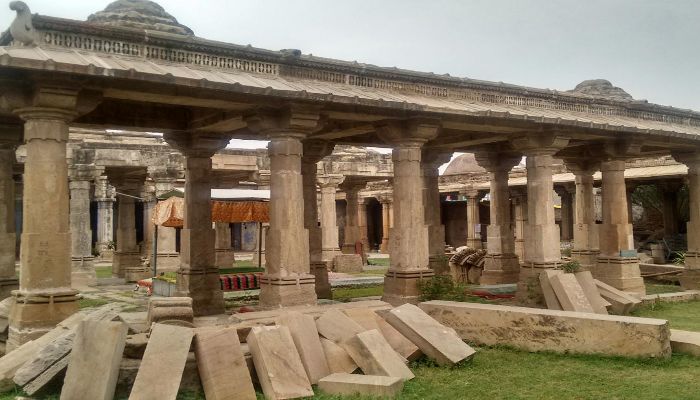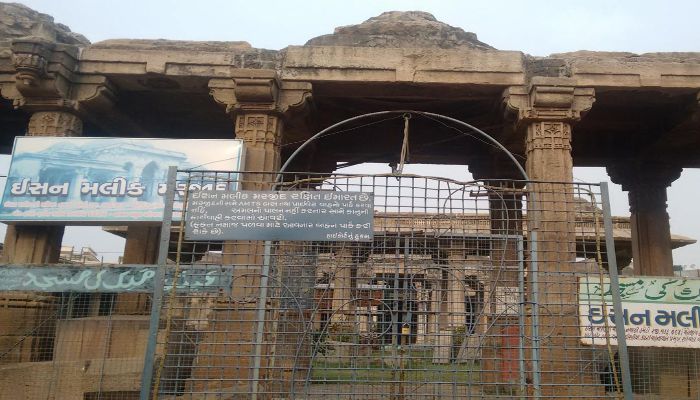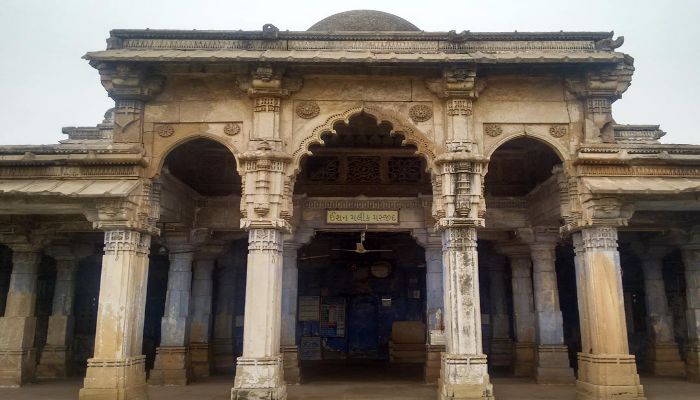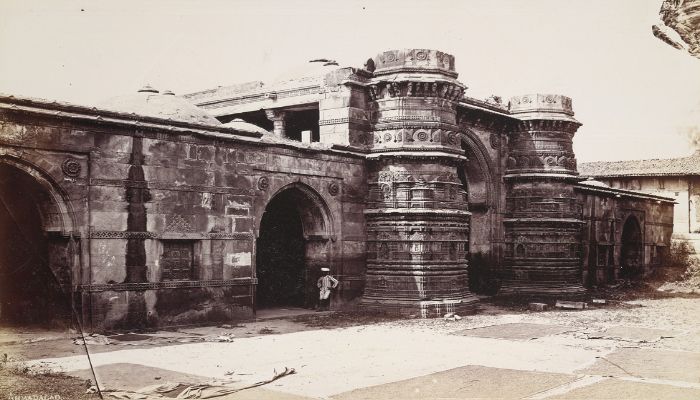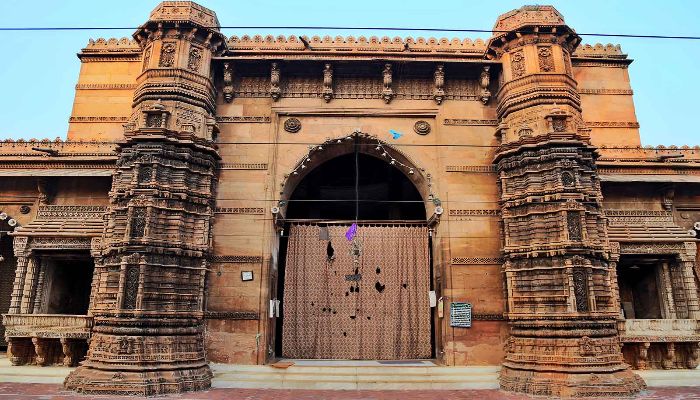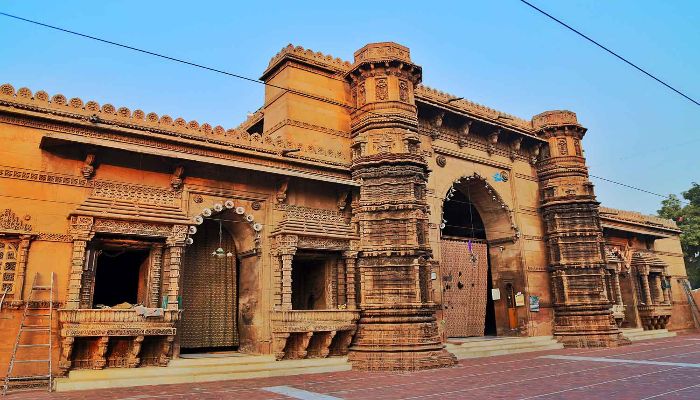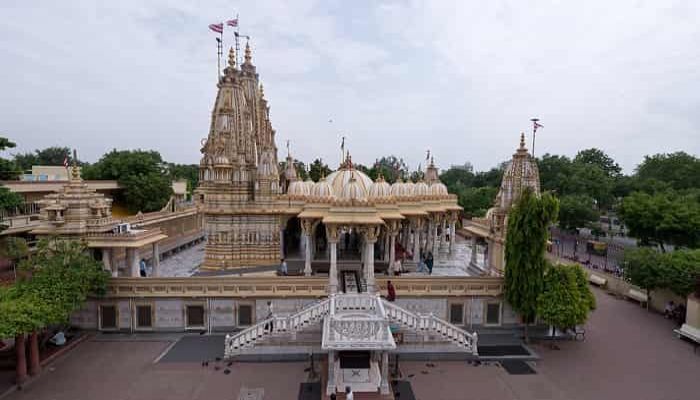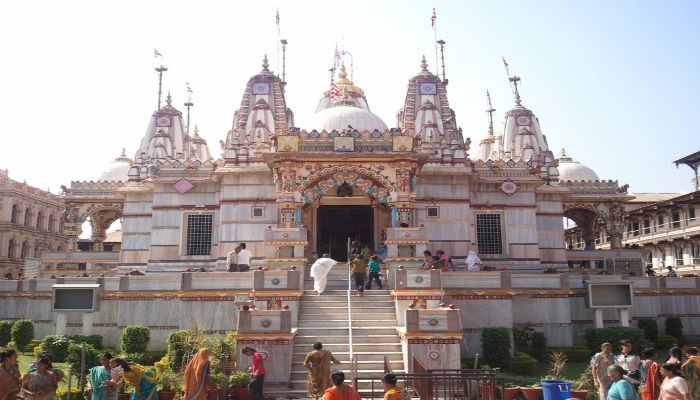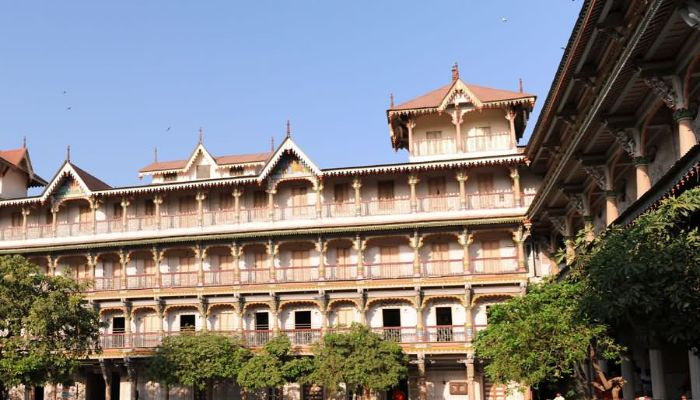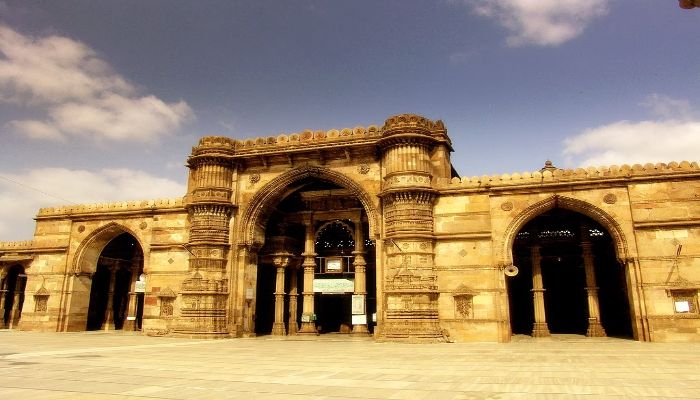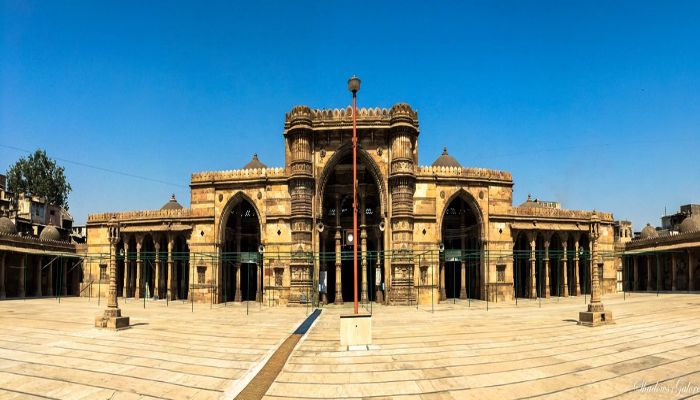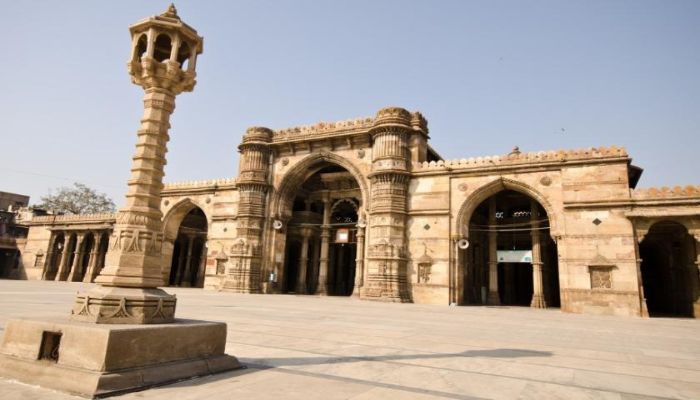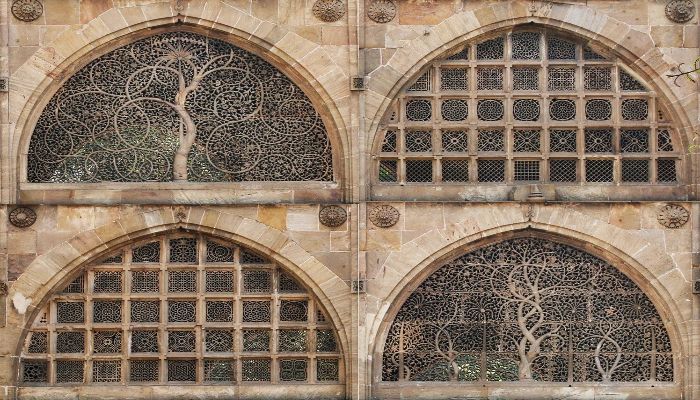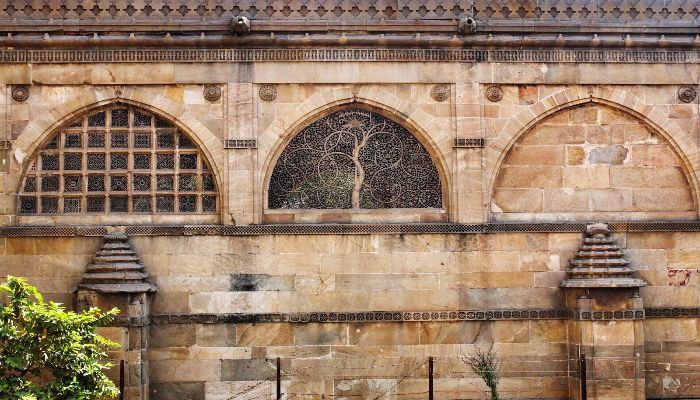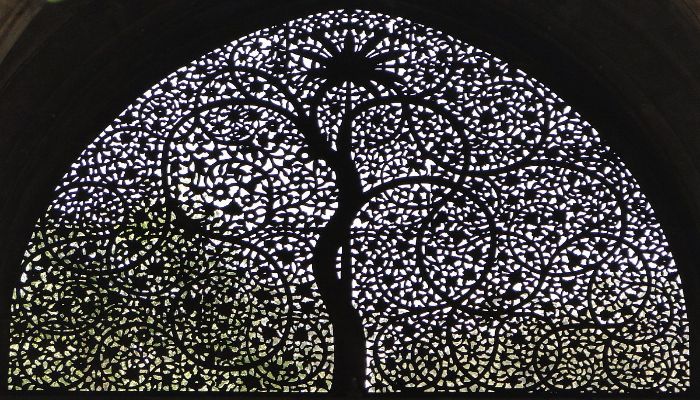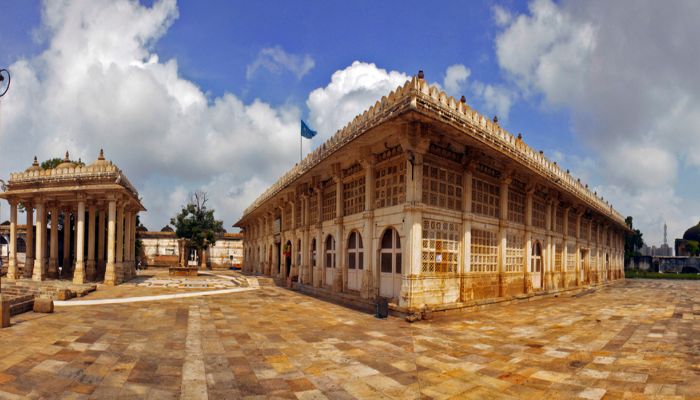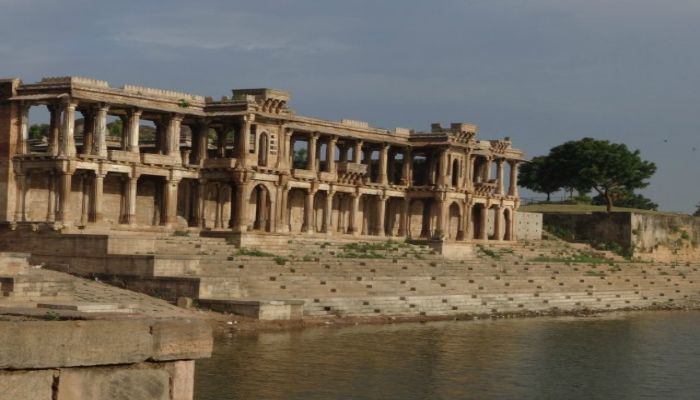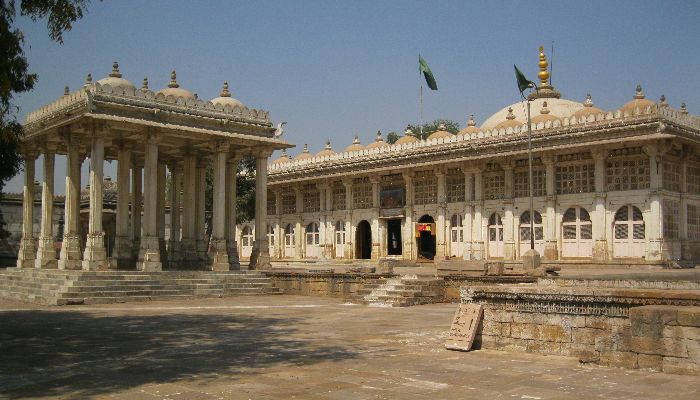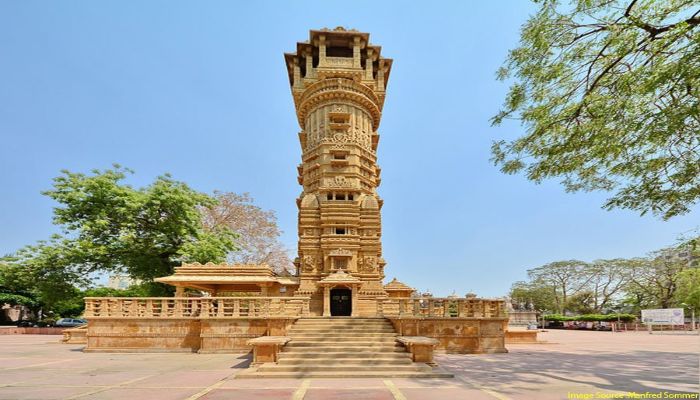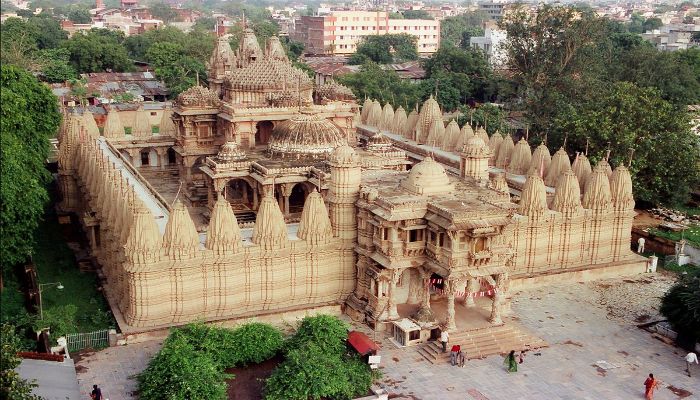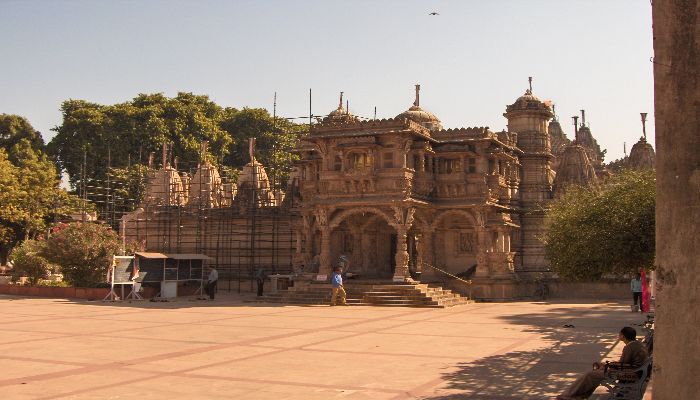Malik Isan’s Mosque / Malik Isan’s Masjid
Malik Isan’s Mosque have two different name as Gumle Masjid and Isanpur Mosque. It is situated in Isanpur area of Ahmedabad.
History & Architecture
Isanpur mosque was built in 1520 by Malik Isan. Malik Isan founded the Isanpur suburb of Ahmedabad. The mosque is built on raised platform which can be approached by porches on north and east side. The courtyard is square and the mosque is situated on the west side. Opposite to the mosque Maliq Isan’s tomb is situated. At the time of 2001 Gujarat earthquake the mosque was damaged and was again vandalized during 2002 Gujarat violence.
Address
Malik Isan’s Mosque, Ekta Park Society, Rajeswari Society, Isanpur, Ahmedabad, Gujarat 382443
